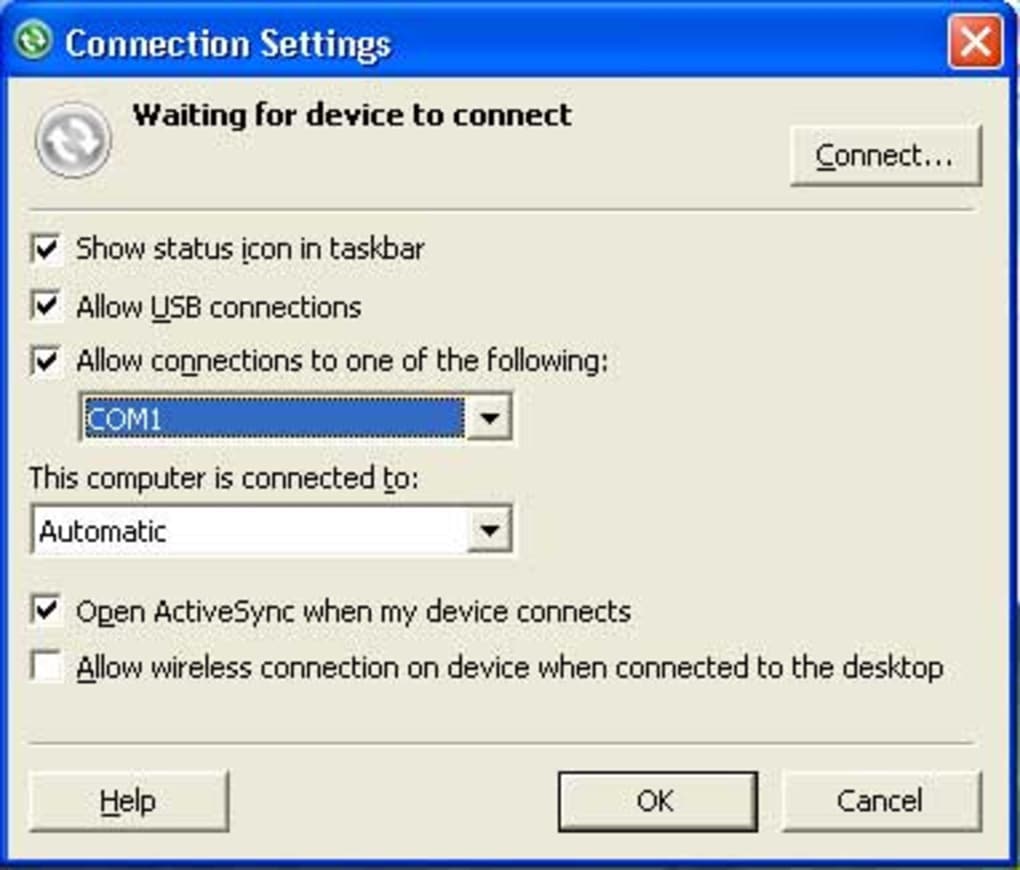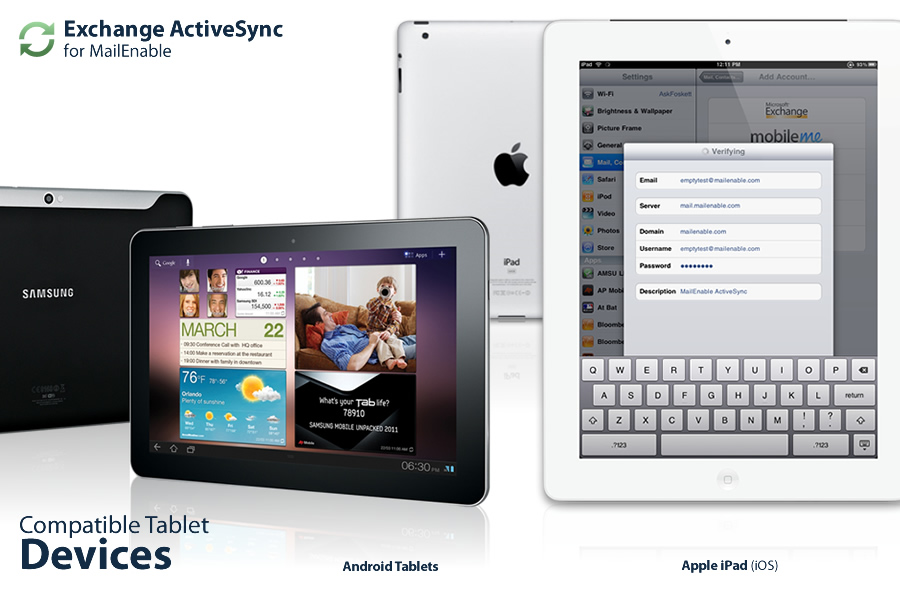
Outlook will perform some tests to check the connection.If the user is not from the primary domain, you have to enter the domain name as well. In the next window, enter your name, username, password, server name, and click next.Select the second option in this screen, which is “ or Exchange ActiveSync compatible service.” Click next.Choose “manual setup or additional server types” and click next.Give a name for your profile and press confirm.You have to create an exchange ActiveSync profile in Outlook to access mailbox information on your mobile device. Set up device access rules to restrict the types of mobile devices that can sync with the Exchange server.Īs an exchange administrator, these features give you complete control over who accesses the organization’s Exchange Server and how.Create a wide range of reports for identifying problems and to stay on top of different usage metrics.Do a remote wipe to erase all data from a lost or stolen mobile phone, so the company’s sensitive information does not fall into the wrong hands.
MICROSOFT ACTIVESYNC COM PASSWORD
MICROSOFT ACTIVESYNC COM INSTALL
This protocol, developed by Microsoft, is enabled by default when you install Exchange 2016, so there is nothing extra you need to do to set it up. It is based on XML and communicates with a mobile device using HTTP or HTTPS. What is Exchange ActiveSync? MicrosoftĮxchange ActiveSync is a proprietary protocol that syncs your mobile device with your Exchange mailbox, so you can access your email, calendar, contacts, tasks, and so much more.


But is this possible? Yes, through a protocol called Exchange ActiveSync.
:max_bytes(150000):strip_icc()/A5-SetupMicrosoftEdgeHistoryandTabSync-annotated-a69e4a83340f46a591282a39a1c384e1.jpg)
This is good for organizations too because it can enhance the productivity of its employees. Won’t it be nice if we can extend it to all work-related communications too? It will be handy to access all our Outlook information including tasks, calendars, and contacts through our smartphones, so we can stay on top of our work commitments regardless of our physical location. Can you imagine living without your mobile phone? Really makes us wonder what we did before these life-changing devices came to our hands! Today, we use our smartphones for many routine tasks such as checking emails, communicating with family and friends, conference calls, shopping, banking and so much more. Mobile devices are ubiquitous and have become an integral part of our lives.


 0 kommentar(er)
0 kommentar(er)
